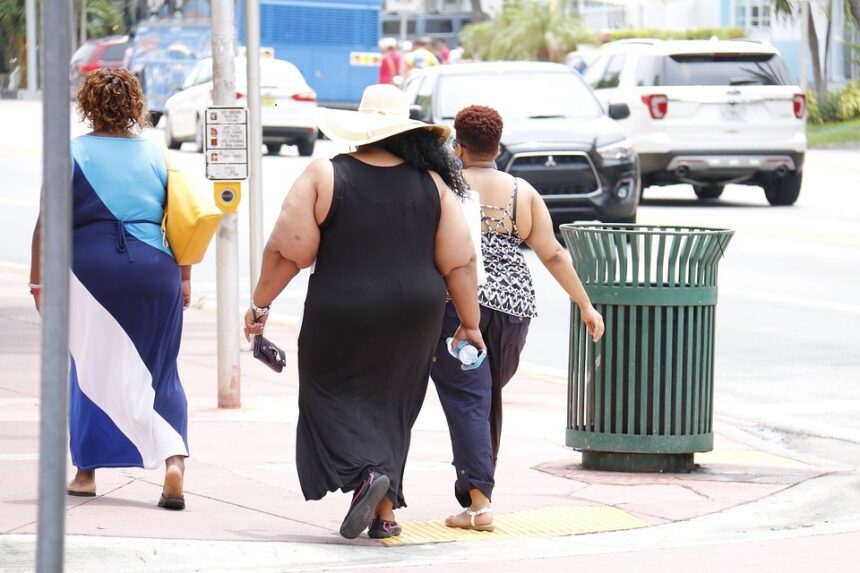Coolsculpting, a non-invasive body contouring procedure that literally freezes fat away, has received positive coverage from numerous magazines and daytime talk shows, as well as celebrity endorsements from the likes of Khloe Kardashian and Molly Sims. However, recent scientific studies report cases of unwanted coolsculpting side effects.
Serendipity: from Eating Popsicles to Eliminating Love Handles
The science behind Coolsculpting was discovered by two Harvard researchers, Drs. Dieter Manstein and R. Rox Anderson, who were studying an interesting fluke of human biology called ?popsicle panniculitis.? They noticed that sucking on a popsicle could cause a dimpling in the cheeks. This made them realize that small pockets of fat cells were being frozen and eliminated by the body. Coolsculpting uses this notion to target specific areas of fat in order to freeze them, a major selling point of the procedure being that it permanently eliminates stubborn areas of fat. Although it may sound implausible, Coolsculpting does in fact have lots of reputable science backing it up. Numerous studies have been performed by respected doctors and scientists, and they do overwhelmingly suggest that the procedure is both safe and effective.
New Research Casts Doubts
However, researchers have also found that in some rare cases individuals who undergo Coolsculpting actually put on more fat instead of shedding it. Known as paradoxical adipose hyperplasia or PAH, this side has actually led some end patients to undergo liposuction to in order to remove the excess fat. The first study to bring this potential side effect of Coolsculpting to light was published in 2014. The case of a 41-year-old Caucasian man was presented. His initial treatment went well and the patient even reported a decrease in fat a few months after the procedure. At the 3-month mark, however, the patient reported that there was “gradual, non-tender growth of tissue at the site and in the shape of the treatment area,” which continued to grow for a few months before stabilizing. The new area of fat stood out markedly from the surrounding tissue, presenting as a rectangular bulge from the side of the man’s abdomen. The tissue was also “noticeably firmer” than the surrounding area. The man had the new area of fat removed through liposuction. Another case study from the same research presented a 56-year-old female. The woman had received Coolsculpting in several areas. Nine months post-treatment, she developed PAH in the same manner as the male case study in each of the areas of treatment. The researchers did not speculate as to why the presentation of PAH took much longer in the female case study versus the male. This initial study concluded by saying that 33 documented cases of PAH following Coolsculpting treatment had been reported. Based on this number, the researchers suggested that the side effect was rare and might occur in 1 in 20,000 patients. They suggested that the cause of PAH following Coolsculpting treatment was likely hypoxic injury, something “known to increase number of capillaries and to cause fat hypertrophy.” A follow-up study published in 2015 backed up the original findings but found that the rate of incidence was actually much higher. This study presented two case studies, a 44-year-old man who received Coolsculpting in the pectoral region and a 52-year-old man who received Coolsculpting in the abdominal region. Like in the previous study, the men presented a markedly different growth in the midsection area some months after treatment. Both men elected to have liposuction to remove the fat growth. This study’s main premise was pointing out a suspicion of underreporting. Both men were seen in the same practice, making an incidence rate there at least 1 in 211.
Effective, but Buyers Beware
In both studies, the researchers agree that the side effects are relatively rare. Although the incidence rate could be at least as high as 1 in 211 patients, it’s still not necessarily enough to make Coolsculpting a pointless treatment. The researchers do also agree that science does actually support the procedure. The question becomes about how risk-averse patients and doctors are. As with any drug that has proven results, weighing the potential side effects is an important challenge. For some, the risk of a firm and oddly shaped new fat growth will likely make the procedure not worth it, even if this is relatively uncommon. For others, the proven results and the likelihood of a successful, safe, and permanent loss of fat from a non-invasive procedure are too enticing to pass up. As is often the case with scientific research into new technologies, the situation remains fluid. More studies needs to be done to better understand why and how Coolsculpting can lead to PAH. It is not yet known if any particular risk factors might suggest who is more likely to get PAH, although the research so far suggests that men are significantly more susceptible than women. Dermatologists and plastic surgeons, the doctors who typically perform the Coolsculpting procedure, are split. Some are steering patients towards other means of fat removal like liposuction. Others are not preventing patients from trying Coolsculpting, but are making sure the patients know about this rare but serious potential side effect. Still others seem unconcerned, believing the proven safety and efficacy of the treatment far outweigh the slim chance of adverse results.

